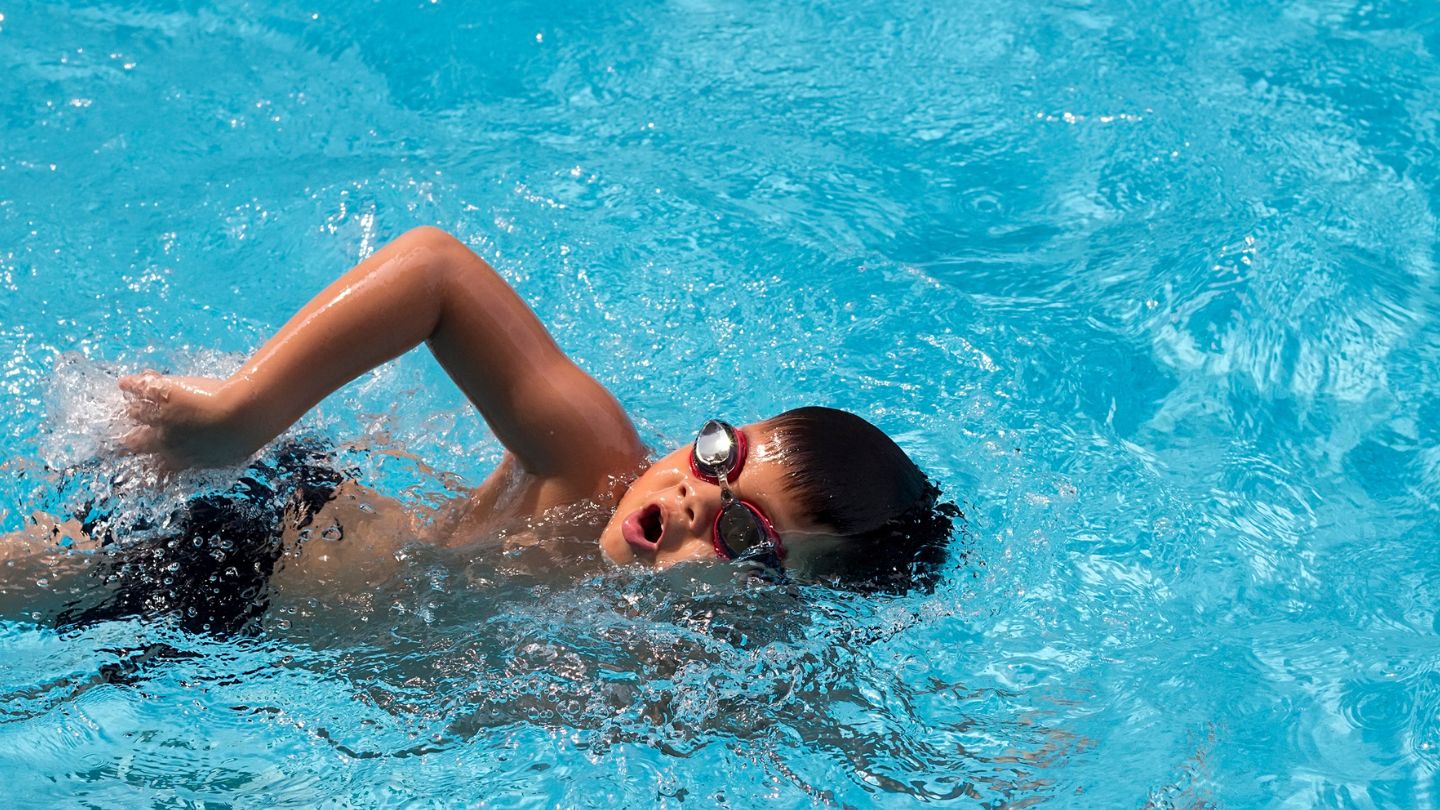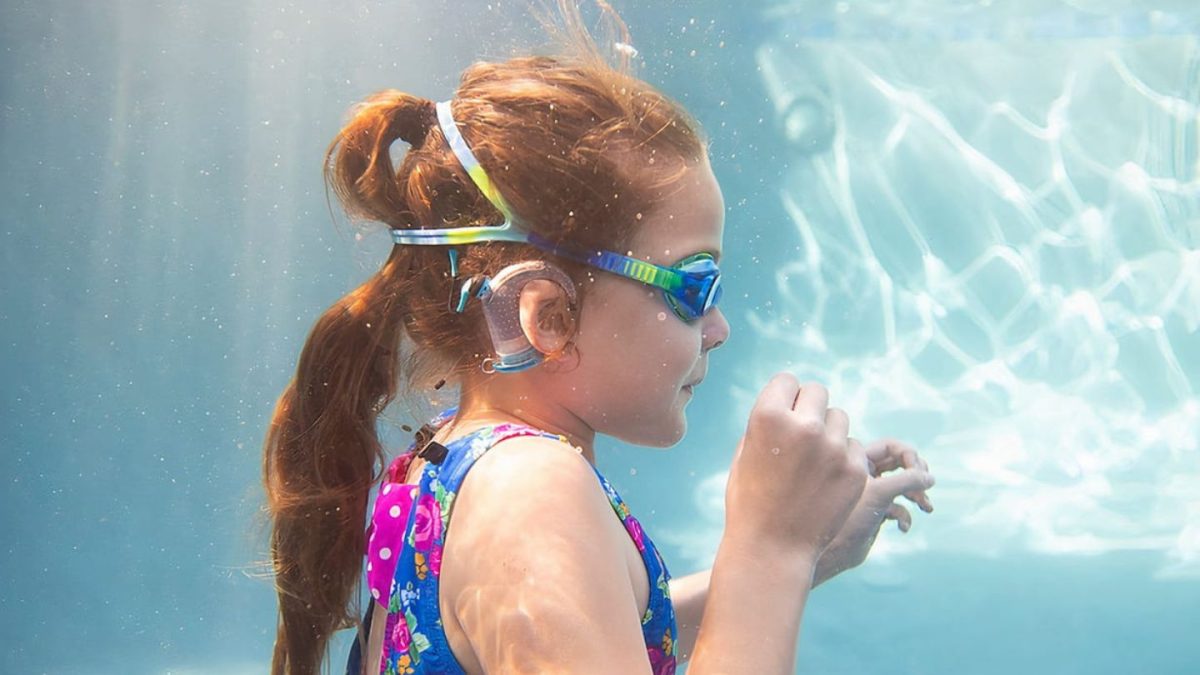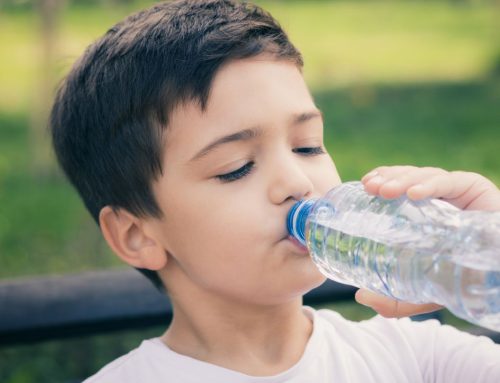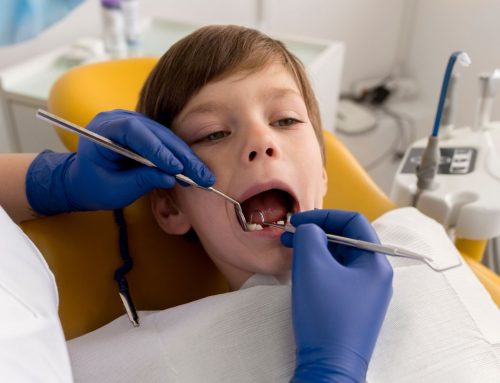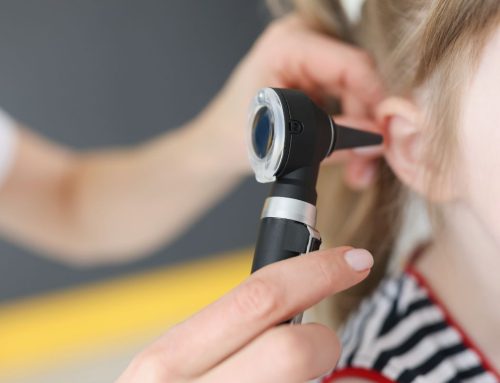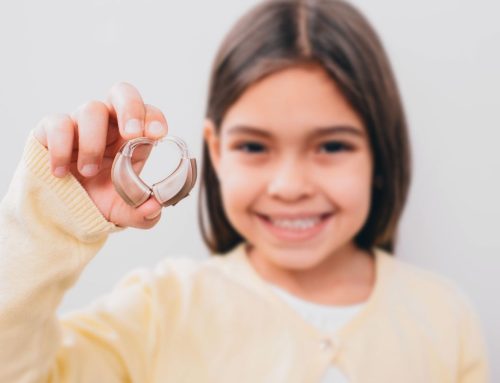Swimming is a quintessential childhood activity that offers not only fun but also valuable physical exercise. However, for kids with cochlear implants, certain precautions must be taken to ensure their safety and protect their devices. By understanding the technology, following expert guidance, and adopting general safety measures, children with cochlear implants can enjoy swimming just like their peers. This blog explores how kids with cochlear implants can safely engage in water activities, offering parents practical advice and peace of mind. It is important to prepare in advance for swimming activities, including securing any necessary accessories and consulting with an audiologist.
Key Takeaways
- Cochlear implants allow children with profound hearing loss to experience sound, but careful precautions are necessary to protect the external components during water activities.
- Waterproofing measures and secure device placement play a crucial role in enabling safe swimming.
- Consulting an audiologist is essential for expert advice on maintaining the safety and functionality of cochlear implants around water.
Introduction to Cochlear Implants
A cochlear implant is a remarkable medical device designed to provide a sense of sound to individuals who are deaf or hard of hearing. Unlike traditional hearing aids, which amplify sound, cochlear implants bypass damaged or non-functioning parts of the ear to directly stimulate the auditory nerve. This allows individuals with severe to profound hearing loss to engage with their environment and communicate more effectively.
The device consists of two main components: an external sound processor and an internal implant. The sound processor captures sound and converts it into digital signals, which are then transmitted to the internal implant. The implant sends these signals to the auditory nerve, allowing the brain to perceive sound.
Consulting with a doctor or surgeon is essential to determine if a cochlear implant is the right option for you or your child. With the help of this advanced technology, individuals can participate in various activities, including swimming, with the use of waterproof accessories. This means that children with cochlear implants can enjoy a wide range of experiences, enhancing their quality of life and overall well-being.
Understanding Cochlear Implants and Water Activities
Cochlear implants are life-changing devices for children with severe or profound hearing loss. Unlike traditional hearing aids that amplify sound, these devices bypass damaged parts of the ear to directly stimulate the auditory nerve. This differentiation allows children to hear sounds like splashing water or laughter at a pool. However, it also introduces specific considerations for water-based activities. With the right precautions, children with cochlear implants can also enjoy swimming at the beach.
The cochlear implant system consists of internal and external components. The internal component, implanted beneath the skin, is generally resistant to brief encounters with water due to its design. However, the external components, such as the processor and microphone, are more susceptible to damage from prolonged exposure or submersion. Proper care and preparation are essential for protecting these vulnerable parts during swimming and other water activities. It is crucial to protect the cochlear implant processor to ensure it remains functional during these activities.
Thanks to advances in technology, children with cochlear implants now have more opportunities to safely enjoy water activities. With the right protective measures in place, kids can participate in activities like swimming, wading, and even light water sports while maintaining the functionality of their hearing devices.
Benefits of Swimming for Kids with Cochlear Implants
Swimming is not only a fun and engaging activity but also offers numerous benefits for kids with cochlear implants. With the right waterproof accessories, children can participate in swimming lessons and other water activities without worrying about damaging their equipment. This opens up a world of opportunities for physical and emotional well-being.
Swimming helps kids develop important skills such as balance, coordination, and social interaction. These skills are crucial for their overall development and can boost their confidence in various settings. Additionally, swimming provides a great way for children to make new friends and enjoy social interactions in a supportive environment.
Parents and instructors play a vital role in ensuring the child’s safety and comfort during swimming activities. By taking necessary precautions and providing a supportive environment, kids with cochlear implants can fully enjoy the benefits of swimming. This not only enhances their physical health but also contributes to their emotional and social well-being.
Preparing for Swimming with Cochlear Implants
Before heading to the pool, parents need to ensure that their child’s cochlear implant is properly secured and prepared for exposure to water. Understanding how to prepare your child for cochlear implants involves educating them about the process, setting realistic expectations, and ensuring they feel supported throughout their hearing journey. Accessories like snug swim caps, headbands, or clips designed to hold implants in place can provide the necessary stability, keeping the device secure during vigorous water activities. This reduces the chances of the device becoming dislodged or lost.
Another important step is to remove components that aren’t waterproof or approved for use in water. This precaution minimizes the risk of water damage to the external processor, which could compromise its functionality. Parents should clean and dry all components thoroughly after swimming to ensure their long-term performance. Additionally, having a safety plan in place is crucial to ensure the child’s comfort and safety while swimming.
Water-Resistant Accessories
Waterproof accessories are essential for protecting cochlear implants and hearing aids from water damage. These accessories, such as waterproof cochlear implant processors and hearing aid cases, provide the necessary protection during swimming, showering, or other water activities. This gives users the freedom to participate in these activities without worrying about damaging their equipment.
Choosing the right type of waterproof accessory is crucial for ensuring the safety and functionality of your child’s hearing technology. It’s important to consult with an audiologist or the manufacturer to determine the best options for your specific equipment and needs. They can provide guidance on the most suitable accessories and how to use them effectively.
Regular maintenance and check-ups are also essential to prevent issues with the equipment and ensure optimal performance. By taking these steps, you can protect your child’s cochlear implants from water damage and allow them to enjoy water activities with confidence and peace of mind.
Safety Precautions for Swimming with Cochlear Implants
Swimming with cochlear implants can be a safe and enjoyable experience when the following precautions are observed:
- Supervised Environments: Always choose swimming areas where lifeguards are present. Notify the lifeguard of your child’s hearing status and discuss the use of visual cues in case of emergencies.
- Secure Placement: Use swim caps, headbands, or clips to secure external components. Ensuring a snug fit helps prevent the implant from becoming detached or displaced during activity. Accessories like headbands can be worn to keep the device secure on the child’s head, preventing water damage and loss.
- Post-Swimming Care: After swimming, every piece of the cochlear implant system should be carefully dried and inspected. This prevents potential damage caused by residual moisture.
- Lifeguard Notification: Make lifeguards aware of your child’s cochlear implant and any potential limitations, such as hearing loss when devices are removed. This ensures a quicker response in emergencies.
- Avoid Submersion Without Waterproofing: While the internal device is typically water-resistant, the external device requires waterproofing to function safely in the water. If no waterproof solution is available, remove the external components entirely before swimming.
By taking these steps, parents can create an environment where children can enjoy the benefits of swimming without compromising their hearing equipment.
Consulting Your Audiologist
To guarantee your child enjoys water activities safely with their cochlear implants, it is essential to seek the expertise of an audiologist. They can provide guidance on waterproof options suitable for hearing devices and assist in making these activities accessible. The audiologist will recommend compatible accessories specifically tailored to the model of your child’s cochlear implant for optimal performance. It is also important to consult an audiologist for detailed information on waterproof options and safety measures.
Engage with an audiologist about waterproofing solutions that are appropriate for your child’s specific type of cochlear implant technology. An audiologist is equipped to offer insights into the correct use and upkeep of these specialized accessories, helping you preserve their quality and function over time. Regular appointments with an audiologist also ensure that your child’s hearing equipment remains current and fully operational.
Keep a dialogue open with your doctor or audiology specialist regarding any aspects related to your child’s hearing instruments. Such expert counsel is crucial in ensuring a secure and pleasant experience when engaging in aquatic activities with a cochlear implant-equipped child.
Tips for Parents
Ensuring the well-being and enjoyment of a child with cochlear implants during aquatic activities is an essential responsibility for parents. It’s crucial to detach any non-waterproof external components of their cochlear implant before they engage in swimming, thereby safeguarding the device from potential water-related harm. Parents should remember to remove non-waterproof components before swimming to prevent damage.
Post-surgery care for children who have received grommets involves abstaining from swimming activities for at least three weeks. This duration allows ample time for healing and minimizes the chances of postoperative issues. It’s possible to procure custom-made swim molds that serve to prevent water intrusion into the ears while participating in swimming.
It is critical for parental guardianship to emphasize safety measures when allowing children fitted with cochlear implants to partake in swimming. Following advice given by audiological professionals, diligent monitoring of their playtime around water, and employing appropriate waterproof accessories can facilitate both secure conditions and pleasurable experiences in aquatic settings, thus maintaining the integrity of the auditory equipment as well as ensuring enjoyable moments without compromising hearing technology. The learning process involved in using cochlear implants is significant, and following professional advice is essential for maximizing their effectiveness.
Read more: How Long Does Ear Tube Surgery Take? A Quick Guide for Parents
Empowering Your Child’s Active Lifestyle
Children with cochlear implants can certainly enjoy swimming, but it requires some thoughtful preparation and the right accessories to ensure safety and device protection. Waterproof accessories for cochlear implants meet high standards, ensuring their suitability for water activities. By exploring waterproof solutions and adhering to care guidelines, your child can fully participate in water activities, maintaining both their hearing experience and their confidence in social and physical settings.
At Pediatric Ear, Nose, and Throat of Atlanta, P.C., we are committed to providing cochlear implants for children in Atlanta who lead vibrant, active lives. If you’re eager to support your child’s ability to enjoy swimming and other activities, we encourage you to consult with us. Our dedicated team will work closely with you to ensure your child thrives both in and out of the water. Contact us today to explore the best solutions for your family.
Frequently Asked Questions
Can kids swim with cochlear implants?
Kids can swim with cochlear implants if appropriate waterproof accessories are used and proper precautions are taken. Cochlear implant speech processors are compatible with various assistive listening devices, enhancing the auditory experience during swimming. Always consult with an audiologist for detailed guidance.
How do I ensure my child’s cochlear implants stay secure during swimming?
To maintain the security of your child’s cochlear implants while they swim, make use of specialized headbands, swim caps, and clips made specifically for aquatic activities. Employing these items will safeguard the implants from becoming lost or sustaining damage when engaging in water-related activities.
What safety precautions should I take when my child swims with cochlear implants?
It is essential to regularly maintain and dry cochlear implants for your child’s safety when they are swimming. Make sure lifeguards are aware of their hearing impairment and establish the use of visual signals for emergency situations.
Should I consult an audiologist before my child swims with cochlear implants?
Consulting an audiologist is essential for individualized guidance on waterproof equipment and to ensure the safety and compatibility of your child’s cochlear implants while swimming. It is important to refer to an audiologist for detailed guidance on waterproof equipment and safety measures.

